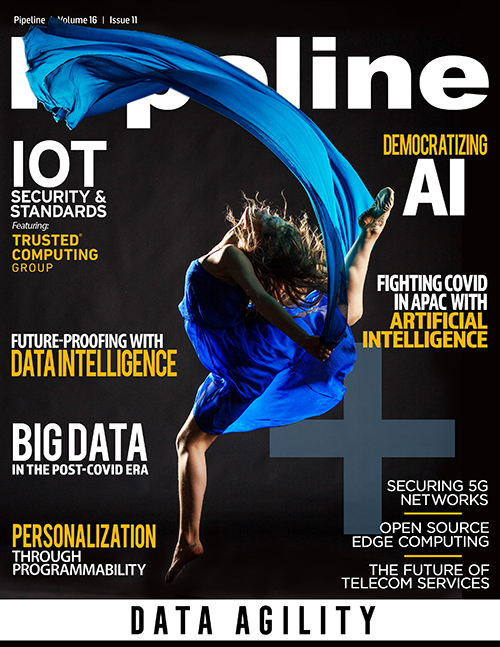Democratizing Artificial Intelligence for GDPR and Regulatory Compliance
Regulatory equality cannot be achieved through processing data
This is because regulatory paper-based documents are not organized databases suitable for machine processing as they are in the form of narratives interspersed with rules.
The innovation challenge for delivering
a single source of regulatory truth
This requires simplicity to encode regulatory volume, diversity and complexity at scale, and once published as a single source of truth, all interactions are simplified and streamlined, generating new data for continuous intelligence, so that the evidence is used to enrich and extend the codified regulation, as required.
New tools and new methods
to digitalize regulations
Imagine representing this landscape as an ecosystem of simple, independent programs each containing a codified Knowledge Map representing nonlinear logic and narrative. Within the nonlinear map, any pathway may traverse to another Knowledge Map enabling any permutation of complexity to be codified. Once the Knowledge Map is complete, an automated no-code process builds a stateless Digital Agent for access from any digital touchpoint or application, while ensuring changes can only be applied to the Knowledge Map. This means the single source of the regulatory truth is assured. The Digital Agents provide a step-by-step guide for human interaction that is simplified and streamlined, masking regulatory complexity. The capturing of the step-by-step interaction delivers continuous intelligence and a transparent audit trail. This data is in the form of a one-dimensional string of varying length as it contains every step of the decision journey. Using this emergent real-time evidence, Artificial Intelligence can be used to advise human intelligence where best to enrich and extend the Knowledge Maps.
The power of simple programs is not new, as it was pioneered by Stephen Wolfram in his world-renowned publication called “A New Kind of Science” as a more natural solution to handle complexity. Knowledge Maps as simple programs can be developed and ready for testing within hours. Just as importantly, they can be developed in parallel, enabling scalable mass production to tackle the sheer volume of regulation.
These new tools and methods exist today as they leverage Microsoft’s Intelligent Cloud, Intelligent Edge infrastructure with its complementary mission to “empower every person and every organisation on the planet to achieve more.”
The trillion-dollar regulatory opportunity
A market is emerging as at least 17 governments are exploring the way to digitalize regulations with initiatives led by a consortium called Digital Nations and more recently by OECD’s Observatory of Public Sector Innovation (OPSI) with a paper called Cracking the Code.
Consider the opportunity: the repurposing of billions of dollars per year through the digitalization of regulation is a new industry enabling new jobs, new opportunities and new income for both governments and commercial firms delivering the services. The socioeconomic benefits are potentially enormous, including regulatory equality for all, based on a single source of truth to safeguard society, individuals, organizations and the environment.



















